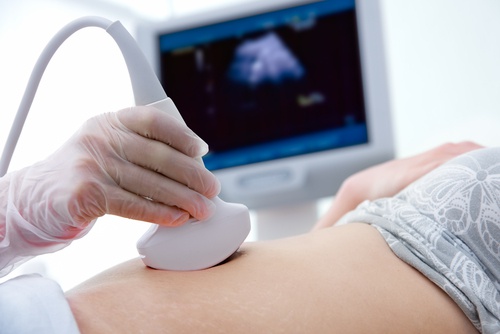The Wonderful Process and Stages of Birth

I believe that one of the best ways to enjoy life is to appreciate every stage of it. We must be present in the here and now. This is also the key to experiencing the wonder of the different stages of birth.
There are various signs that tell us when childbirth is about to begin. One is that the cervix dilates by three to four centimeters, and another is that it shortens by over 50%.
Another sign that you are going into labor is that your contractions come every ten minutes, and are medium to intense.
But even before this happens, you will go through the earlier symptoms of labor. This phase is characterized by contractions that are not rhythmic and hurt very little if at all.
Rest can help to ease these. Their duration may vary, from a few hours to several days.
If you experience the following symptoms of labor, it’s time to go to the hospital:
- Rhythmic uterine contractions that are progressive and intense, coming at least once every five minutes, over a period of at least an hour. These contractions do not go away when you rest.
- When a pregnant woman’s water breaks, she’ll feel like she has urinated involuntarily. In this case, you should go to the hospital, even if you are not having contractions.
In the latter case, it is very important to pay attention to the amount and characteristics of the fluids released. They should normally be transparent, like water.
If the liquid is greenish in color, this could be a sign of a decline in the health of the fetus. Go to the hospital immediately if this happens.

- Blood spotting
It may be normal to have a small amount of blood in your vaginal discharge. This will be very light, lighter than your period, and is known as “spotting.”
If you are bleeding as if you were on your period, or even more, go to the hospital at once.
Before you can see your baby’s face, feel them, hold them in your arms and feed them, you will need to go through various processes.
Before the big day, you need to prepare. Today, most maternity units will take parents’ wishes for the process of birth into account.
Some medical centers may make a birthing plan available to you. This is a document that you can prepare in advance, and contains information on the type of medical care that the mother wishes to receive.
The Spanish Pediatrics Association explains that, even if you didn’t get a chance to write a birth plan, the healthcare professionals looking after you during your birth should give you all the information necessary.
They will tell you what the regular hospital procedures are, and which human and material resources you have access to.

The wonderful stages of birth
I will now tell you more about the stages of natural birth.
This description is based on a documentary prepared and published by the Spanish Pediatrics Association, which offers advice and explanations in its Practical Guide for Parents.
Period of dilation
Early contractions are often the first sign that labor is about to begin, but in fact, the first stage of birth is dilation.
This can take up to 10 hours in a woman who has given birth before. For first-time moms, meanwhile, this stage can last for around 15 hours.
This is normally the longest phase of labor, and involves a number of changes for both mother and baby to adapt and facilitate birth.
Once this phase has begun, labor does not normally stop, unless there is some problem with how it is progressing.
You will notice rhythmic, intense contractions, which are usually painful and don’t go away even if you rest a while. These can vary from two to four or even five contractions every ten minutes.
During the dilation period there are several steps to follow, depending on the frequency of the contractions.
Period of delivery
Once you are fully dilated, that is, to 10cm, the next stage is delivering your baby. This is the final stage of birth and concludes when the baby is born.
Characteristics of birth or delivery:
- Duration: Delivery can take around two hours in first time mothers, and one in women who have previously given birth.
However, you should take into account that if you opt for an epidural, this phase could take longer.
- The contractions will be rhythmic and more intense, though the frequency may drop.
- You will feel the need to push.
There will be a sensation of pressure on your vaginal and rectal area, which will make you feel like you need to push.
This can be a sign that dilation is complete and that the baby’s head has moved down into the birth canal.
With epidural pain relief, you may not feel this sensation, or it may be greatly reduced. You are recommended to push spontaneously when you feel each contraction.
Guided pushing may also be used: in this case a specialist will tell you when and how much to push.
After a few minutes, you will have your baby in your arms. Now another stage begins: raising and caring for your child.
This text is provided for informational purposes only and does not replace consultation with a professional. If in doubt, consult your specialist.
